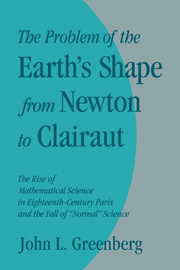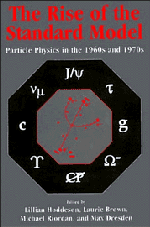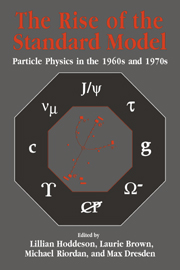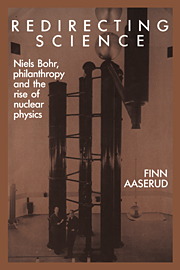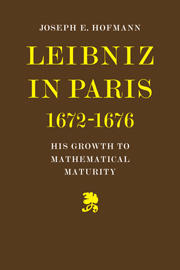The Problem of the Earth's Shape from Newton to Clairaut
In this book, Greenberg investigates the spread of Newtonian physics in the French scientific community during the eighteenth century. His central thesis is that Newton's own publications contributed only a small part of the work done on the shape of the earth. Continental scholars, especially Leibniz, influenced developments in Paris, and other French scholars, including Bouguer and Maupertuis, all contributed work used by Alexis-Claude Clairaut in developing his mature theory of the earth's shape. The evolution of Parisian physics, then, proved to be not merely the replacement of one paradigm with another, as might be expected from Thomas Kuhn's formulations about scientific revolutions, but a long, complicated process involving many areas of research and contributions from the entire scientific world. "Normal" science contributed not only anomalies present in earlier theories, but a good part of the solution.
- Highly technical text
- Unique in its discoveries and analysis
Reviews & endorsements
"The book is very well written and it is interesting to read." Mathematical Reviews
Product details
February 2010Paperback
9780521130998
800 pages
234 × 156 × 39 mm
1.1kg
Available
Table of Contents
- Preface
- 1. Isaac Newton's theory of a flattened Earth
- 2. The state of the problem of the Earth's shape in the 1720s: stalemate
- 3. The revival of geodesy in Paris (1733–1735)
- 4. Pierre Bouguer and the theory of homogeneous figures of equilibrium (1734)
- 5. Maupertuis: on the theory of the Earth's shape (1734)
- 6. Alexis-Claude Clairaut's first theories of the Earth's shape
- 7. Interlude I: integral calculus (1690–1741)
- 8. Interlude II: the Paris academy contest on the tides (1740)
- 9. Clairaut's mature theory of the Earth's shape (1741–1743): first substantial connections between the revival of mathematics in Paris and progress in mechanics there
- 10. Epilogue: Fontaine's and Clairaut's advances in the partial differential calculus revisited, or the virtues of interrelated developments in mathematics and science, and the fall of 'normal' science
- Notes to chapters
- Biography.

